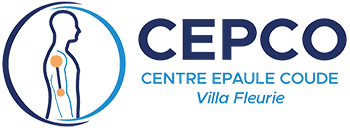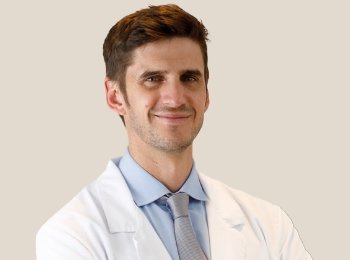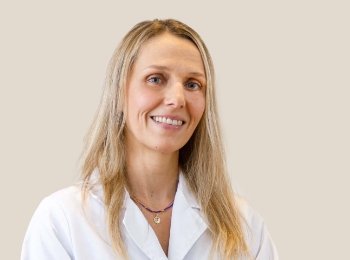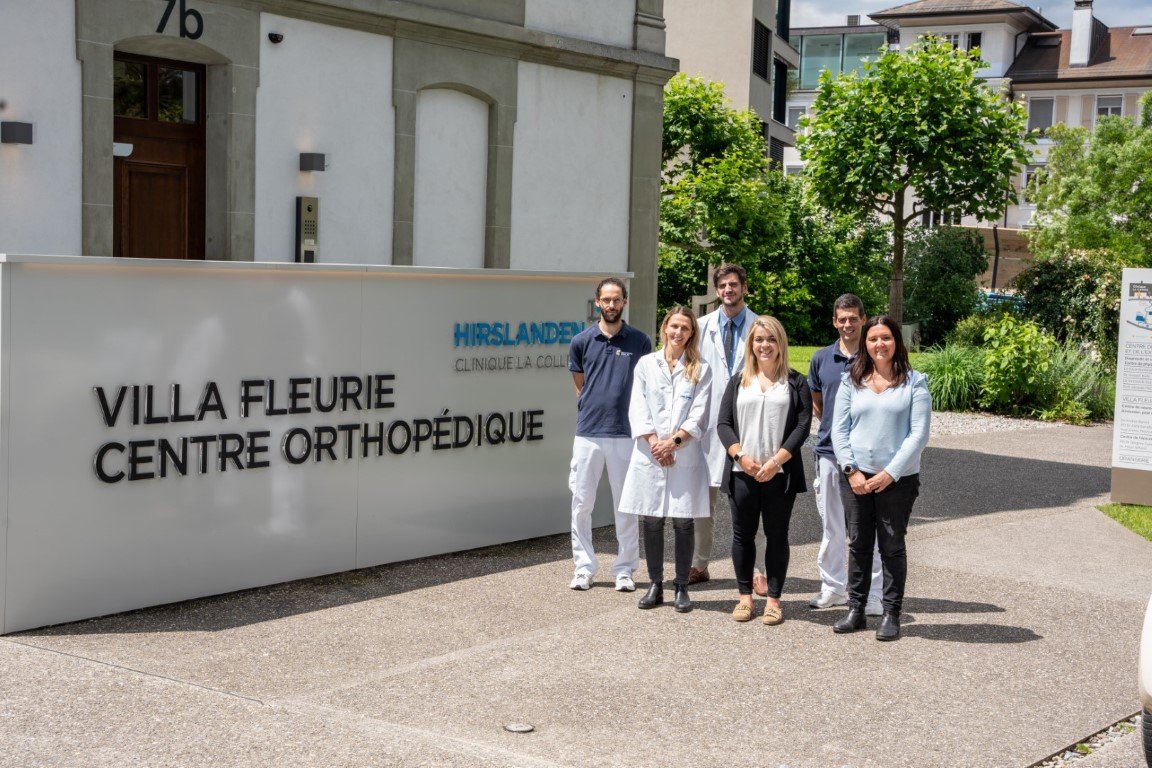Publication: J Shoulder Elbow Surg. 2020 Apr;29(4):681-688. doi: 10.1016/j.jse.2019.10.022. Epub 2020 Jan 22.
Co-authors: Valsamis EM, Kany J, Bonnevialle N, Castricini R, Lädermann A, Cunningham G, et al.
Abstract:
Background: The open Latarjet procedure is a standard surgical treatment option for anterior shoulder instability in patients with a high risk of failure following soft tissue stabilization. The arthroscopic technique has potential advantages of minimal invasiveness, reduced postoperative stiffness, and faster rehabilitation but is regarded as technically challenging with concern over surgical risk during the learning curve. The aim of this study was to undertake a multisurgeon, large-volume learning curve analysis of the arthroscopic Latarjet procedure using continuous learning curve analysis.
Methods: Individual patient data from 12 surgeons across 5 countries were retrospectively reviewed. A total of 573 patients undergoing the arthroscopic Latarjet procedure were included. Outcome measures of learning were collected, including operative time, computed tomography (CT) bone-block positioning, complications, and patient-reported outcome measures (PROMs). A segmented linear regression modeling technique was used for learning curve analysis.
Results: High-volume surgeons converged to an operative time steady state after 30-50 cases. Surgeons completing fewer procedures demonstrated a constant reduction in operative time without reaching a plateau. Low-volume surgeons completing fewer than 14 operations did not demonstrate a reduction in operative time. Accuracy of bone-block positioning on postoperative CT demonstrated constant improvement without reaching a plateau after 53 cases. There was no change in PROMs or complications with increased operative volume.
Conclusion: Specialist shoulder surgeons require 30-50 arthroscopic Latarjet procedures to attain steady-state operative efficiency, during which there is improvement in bone-block positioning. Only surgeons expecting to undertake the arthroscopic Latarjet in high volume should consider adopting this procedure.




